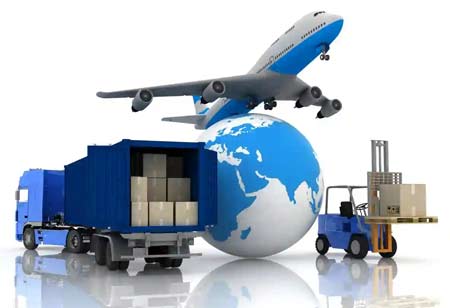THANK YOU FOR SUBSCRIBING
THANK YOU FOR SUBSCRIBING

By
Logistics Transportation Review | Friday, June 30, 2023
Stay ahead of the industry with exclusive feature stories on the top companies, expert insights and the latest news delivered straight to your inbox. Subscribe today.
Cold chains developed as a result of increasing demand for temperature-controlled logistics capable of reliably transporting vast quantities of food across long distances.
FREMONT, CA: The cold chain is vital for improving global food security, delivering better nutrition and medicines to the world's most distant places, and advancing medical and scientific research through the reverse cold chain. Temperature-controlled logistics is also quite crucial in modern companies. Modern businesses benefit from efficient cold chains in the following ways:
· Reduced product spoilage results in higher revenue per shipment and cheaper inventory replacement expenses.
· Product spoilage is reduced, resulting in cheaper inventory replacement costs and higher revenue per shipment.
· Better customer service and satisfaction result from improved product quality and consistency.
· Expanded transportation options help exports grow and create new market opportunities.
· Improved regulatory compliance, particularly shipping food and medical supplies, which must adhere to more stringent standards strictly enforced worldwide.
Efficient cold chain logistics are critical for franchisors and retail service providers looking to expand globally and capitalise on growth prospects in new regions. With more than 70 per cent of the world's population living in developing or emerging nations, there are substantial business opportunities for corporations prepared to enter these markets. Enterprising companies are eager to benefit from modern temperature-controlled logistics that push the boundaries of what is feasible by moving more sensitive items over longer distances in more significant quantities.
Cold Chain Monitoring Technologies
The first step toward good cold chain management is temperature monitoring. Transporters used easy strategies like risk assessment for standard routes to determine their safest option, using dedicated vehicles, deploying items like phase change gel bricks to identify excursions, or doubling up on packaging and active cooling to secure their shipments to reduce the likelihood of temperature spikes during transit. However, due to newer technologies, more alternatives for tracking and managing their cold chain activities are now available to logistics operators.
The most common and effective temperature-tracking solutions for cold chains include:
· Infrared Thermometers: Enables users to scan shipments from a distance and gauge surface temperature.
· Wired Digital Thermometers: Cold storage is equipped with sensors wired to a monitor and logging system, typically used to monitor frozen or deep freeze shipments since standard temperature loggers cannot survive the intense cold.
· Passive Temperature Loggers: Devices that run on batteries and record temperature data at predetermined intervals that may be downloaded for analysis through USB or other connectivity methods.
· Remote Temperature Monitors: RFID or Bluetooth temperature data sensors, also called beacons, are similar to passive temperature data loggers. Their data is wirelessly accessible, making it simpler to employ in massive tasks.
Temperature loggers can help identify temperature excursions and product spoiling more reliably (and even improve overall efficiency) but can't prevent it. Since most logger reports are created well after the temperature excursion, more must be done to prevent it. Not all cold chain items degrade when their optimal storage temperature is exceeded. The degree and frequency of temperature changes, as opposed to the constant temperature, influence whether they spoil.
Although a temperature increase does not always imply deterioration, strict standards for the safe shipping of food and medical supplies require that the entire shipment be rejected. Industry companies are switching to a different system known as mean kinetic temperature (MKT) to assess better the impact of inevitable temperature excursions in cold chain logistics on the health of their shipments to eliminate such needless waste in loads.
I agree We use cookies on this website to enhance your user experience. By clicking any link on this page you are giving your consent for us to set cookies. More info





